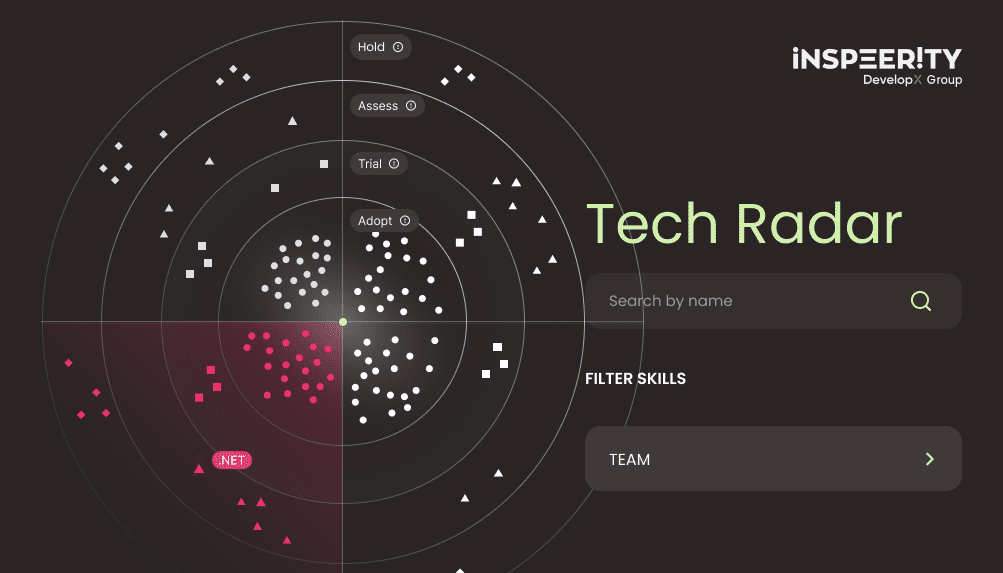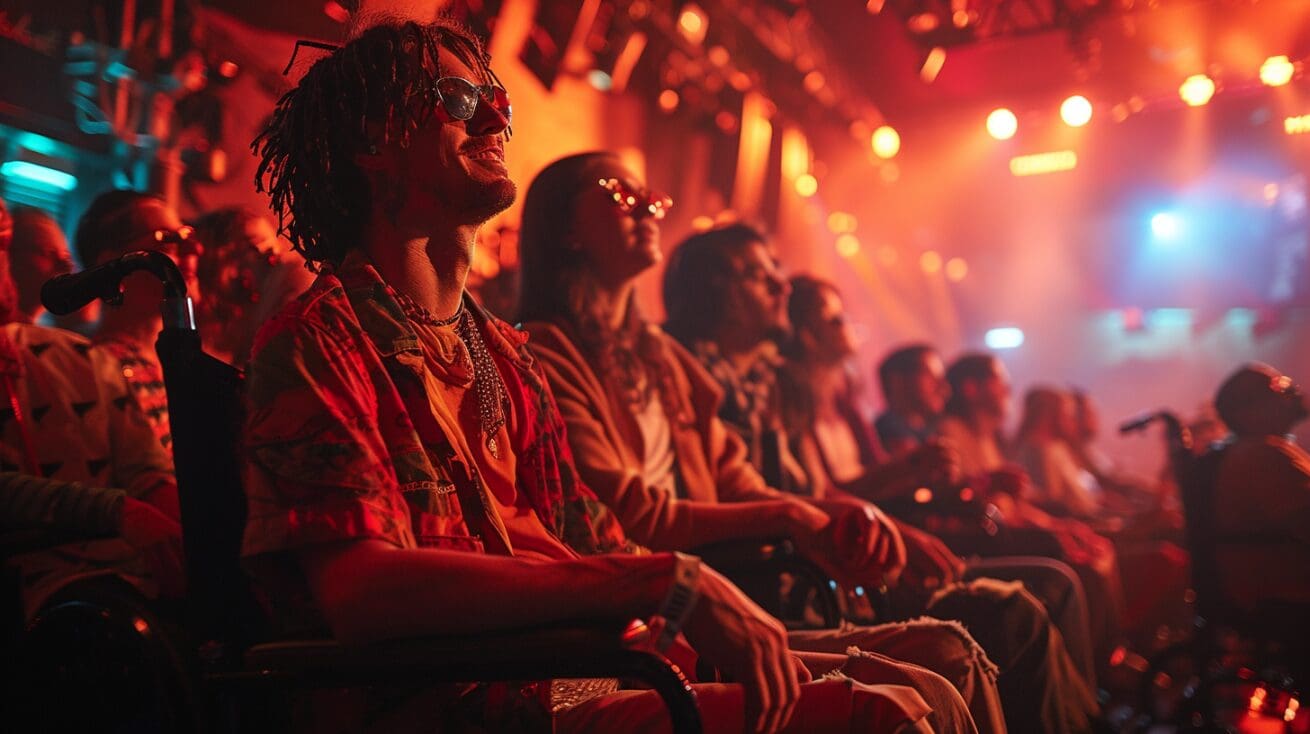In my last article, I described how ticketing platforms are losing sales due to being inaccessible. You can read that article here. This time, I want to show you how to make your platform more accessible with 3 steps.
Every day, your platform is losing customers. Not because people don’t want tickets, but because they can’t buy them.
For many users with disabilities, buying a ticket is harder than it should be. Common features like seat maps, forms, or timers are built in ways that block access. These gaps are not always visible, but they stop people from completing the process.
You do not need to rebuild everything. Focus on removing the barriers that slow people down or shut them out. These changes are practical, clear, and ready to put in place.
Accessibility is a business advantage
Accessibility improvements help disabled users & boost performance across your entire platform. When the experience is easier for users with a screen reader, it’s also easier for everyone else. This is also true if they’re using a mobile device or trying to buy tickets with one hand.
Here’s why accessibility pays off in growth, loyalty, and long-term value.
- Lower cart abandonment
Platforms that fix checkout blockers, like timers, broken forms, and unlabeled buttons, see higher sales. - Improved SEO & discoverability
Accessible code aligns with best practices for search engines. Teams that implemented semantic HTML and ARIA labels saw up to 23% more organic traffic. - Faster mobile performance
Pages built with accessibility in mind tend to load faster. Less JavaScript and cleaner markup equals better mobile performance for everyone. - A larger market than you think
One in seven Europeans lives with a disability. And when they buy tickets, they often buy with a friend. Each disabled customer represents up to 1.6 extra companion tickets. If they can’t book, their whole group walks away. - Brand Equity That Grows Over Time
Brands that don’t focus on accessibility will lose out on business. 42% of users will stop using your platform after a bad experience.
Accessibility is growth and reputation, all in one package.
3 steps to make your platform more accessible
1. Adding accessibility to the start
- Add explicit accessibility filters. Use filters for wheelchair seating, sign language interpretation, and step-free access. Place these prominently in your search interface.
Example: “Wheelchair Accessible,” “Audio Described,” “Sign Language Interpreted,” etc.
- Make the seat selection screen reader-friendly. To open up your platform to more users, your interactive seating map must work with assistive technology.
- Properly label each section and seat. Have dual-view seat selection. Offer both an interactive map and a list view alternative for selecting seats.
- Make sure the standard component sizes are right for both desktop and mobile, especially the map view. On mobile, seat selectors should be big enough for people to tap easily with their fingers otherwise, they might miss the button.
2. Build for assistive technology
- Label all interactive elements. Every button, form field, and step must have proper ARIA attributes and semantic HTML.
Example: Use role=”button” and aria-label=”Accessible Seating – Section A, Row 1″ for seat elements.
- Ensure full keyboard navigation. Test your entire buy flow using only keyboard commands (Tab, Enter, Space, arrow keys). Every interactive element must be reachable and usable without a mouse. Make sure the order navigation lets you walk side by side.
- Have flexible checkout timers. Add pause buttons and extended time options for users of assistive technology.
- Create linear, logical form layouts. They need to have clear error states that are properly announced to assistive technologies.
3. Be transparent and show support
- Show the full cost of a ticket. Display the total cost, including all fees from the beginning. A/B tests consistently show this builds trust and improves conversion despite the higher initial price point.
Personal Thought
Offering discounts for companions of individuals with disabilities would be a valuable step toward enhancing accessibility and inclusivity at events.
- Provide multilingual support. Offer help resources in many languages. Make sure your ticketing flow respects the user’s language preference without forcing them to switch.
- Create a preference capture for accessibility. Add a simple form during checkout for users to declare accessibility needs. Then, ensure this information reaches the venue.
Three things you need to remember
- This isn’t about compliance, it’s about growth. With 15% of Europeans having some form of disability, you’re looking at a massive untapped market, not just a checkbox.
- Better accessibility means better design for everyone. Think of buses with ramps. They help wheelchair users. They also help parents with strollers, people with luggage, and anyone who needs extra space or time.
- You don’t need a complete overhaul. Most high-impact changes, labeled buttons, flexible timers, and list view alternatives can be completed quickly. Start small, measure the impact, and grow from there.
Ready to act?
Make your platform easier for everyone to use? We help ticketing teams build accessible systems that convert. Get in touch to see how we can deliver.





